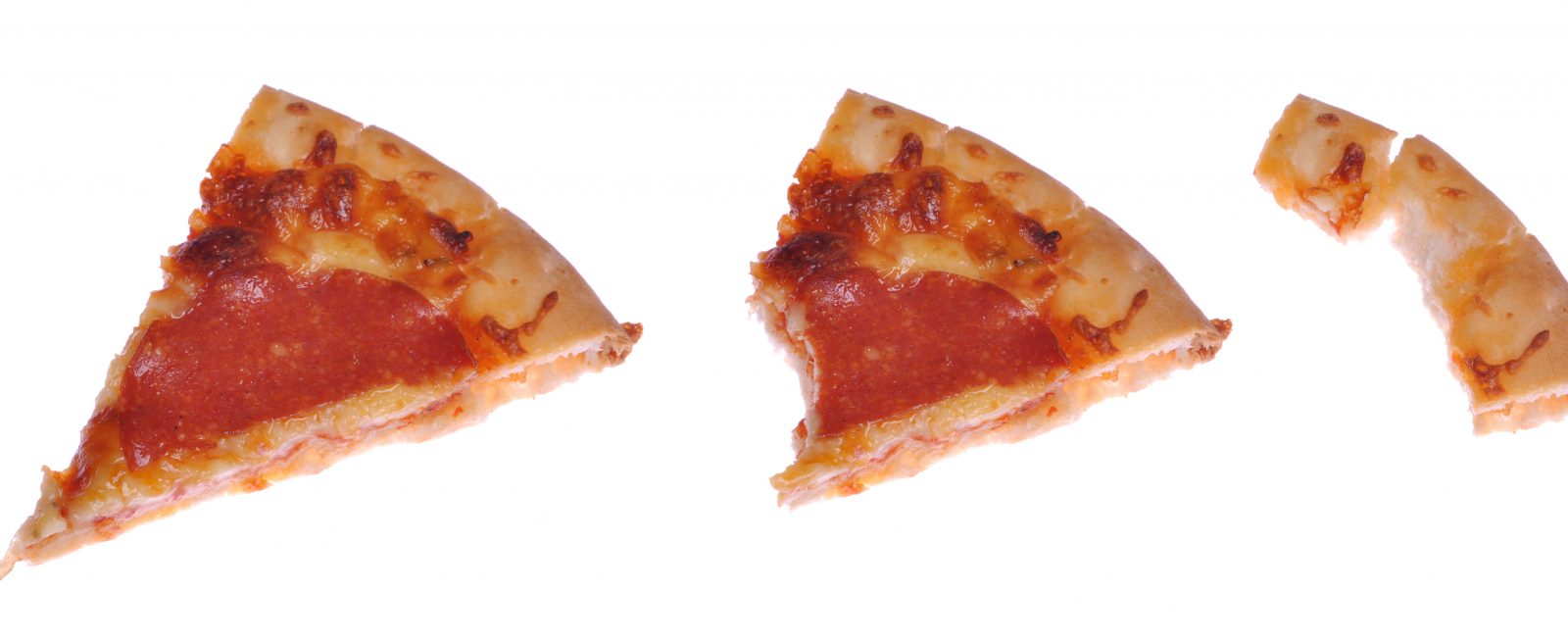MRM Talking With: Iain Milnes, Founder and President of Power Knot about Food Waste
4 Min Read By MRM Staff
Food scraps and other organic material make up a sizable chunk of all commercial waste. In fact, 1.3 billion tons of food is wasted annually worldwide. To combat the problem, several cities and states are instituting “green” initiatives to eliminate food waste and its effect on the environment. New York will require all require large-scale food establishments to separate their organic waste and divert that waste from the landfill; California officials are requiring businesses that generate eight cubic yards of organic waste per week to divert that waste from the landfill; and Austin plans to reduce the amount of trash sent to landfills by 90 percent.
Iain Milnes, founder and president of Power Knot, a provider of environmentally sound products designed to reduce costs and carbon footprint, expects this movement to grow in an effort to find long-term solutions. His company provides self-contained solutions for commercial, industrial and military customers seeking to reduce their carbon footprint including a Liquid Food Composter (LFC) designed to digest up to 4,000 pounds of waste food per day. Some of Power Knot’s clients include Hilton, Hyatt, Exxon, Fujitsu, Costco and government entities. In this edition of MRM Talking With, Milnes discusses the problem of food waste for restaurants and LFC use in the hospitality industry.

When did food waste begin to become an issue and what factors drove it?
There is always going to be some wastage of food. As long as we have banquets and as long as people going to a restaurant expect to select from a large range on the menu, there will be wastage. At a banquet, there is inevitably more food prepared than people eat and usually a variety of foods because everyone wants a choice in what they eat. Most restaurants need to offer a range of foods on a menu because that’s what patrons expect. That results in some wastage because foods are purchased by the restaurants that are not eaten in time.
How does food waste dovetail with global warming?
There is a large carbon footprint associated with the production and delivery of food. But there is also a large footprint associated with sending that waste to a landfill. For example, there is about 1 lb of CO2e associated with the production and delivery of one pound of vegetables to a restaurant but four times that if that 1 kg is discarded on a landfill.
The issue of waste food has received much attention in the press recently. Any financial concern − and that includes restaurants and banquet facilities − wants to reduce its waste so it can reduce its costs. However, whilst a restaurant of banquet facility may not be able to reduce the waste because of the demands of the customers, that facility can significantly reduce its carbon footprint by the proper disposal of that waste. Further, most facilities don’t have the metrics to be able to make improved choices about their purchases. Do you know if you have more waste per meal served on Tuesdays or Thursdays?
What is the Power Knot story?
Power Knot designs and manufactures the LFC® in Silicon Valley, California. The LFC is a machine that digests your waste food, and reports the amount of that waste hourly, daily, weekly, and monthly. The LFC is stainless steel stomach that sits in your kitchen and sends the resultant grey water down the drain. It will eat whatever you can eat and some more.
Power Knot developed the LFC in response to customer demand to make a significant impact on its carbon footprint. It saves the mess, cost, and inconvenience of sending that waste to a landfill. Also demanded by restaurants and banquet facilities is the ability to know how much waste is generated. The LFC automatically weighs the amount of waste as it is put into the LFC so you know how much was wasted on Tuesday and Thursday.
How does Power Knot envision LFC changing the hospitality industry?
You can’t control what you can’t measure. With the LFC an establishment is able to get a better understanding of where improvements can be made with a result of wasting less and improving profitability. LFCs are available in eight sizes and Power Knot supplies them to any organization that has large amounts of waste food. This includes restaurants, hotels, and stadia. It also includes the U.S. Army which is Power Knot’s largest customer in the U.S. Like other organizations, the U.S. Army uses LFCs to divert waste food from the landfill and reduce trucks going to bases.
Some restaurants are now being designed with LFCs as part of the floor plan. Instead of finding space for an LFC long after the kitchen was designed, the LFC is deemed to be as essential as a sink and stove. In time, the majority of restaurant owners will see they can save money − and carbon footprint − by deploying and LFC.
What should restaurants understand about government regulations to combat food waste?
This trend is being driven partially by government regulations where there is legislation that larger producers of waste food must divert their waste from landfills. Each year, more cities and states are implementing this type of law; the laws initially apply to larger producers and over time apply to smaller producers. It may be a matter of time before even the smallest restaurant has to comply with such laws.
But restaurants should not be afraid of such impending regulation. In most cases, it is lower cost to dispose of waste food on site than to have it collected. And it certainly reduces the smells outside the restaurant which typically improves customer satisfaction. And restaurants that can advertise a high rate of diversion of their garbage − or even send zero waste of any sort to a landfill − achieve a better image from their customers and that results these days to greater profitability.

